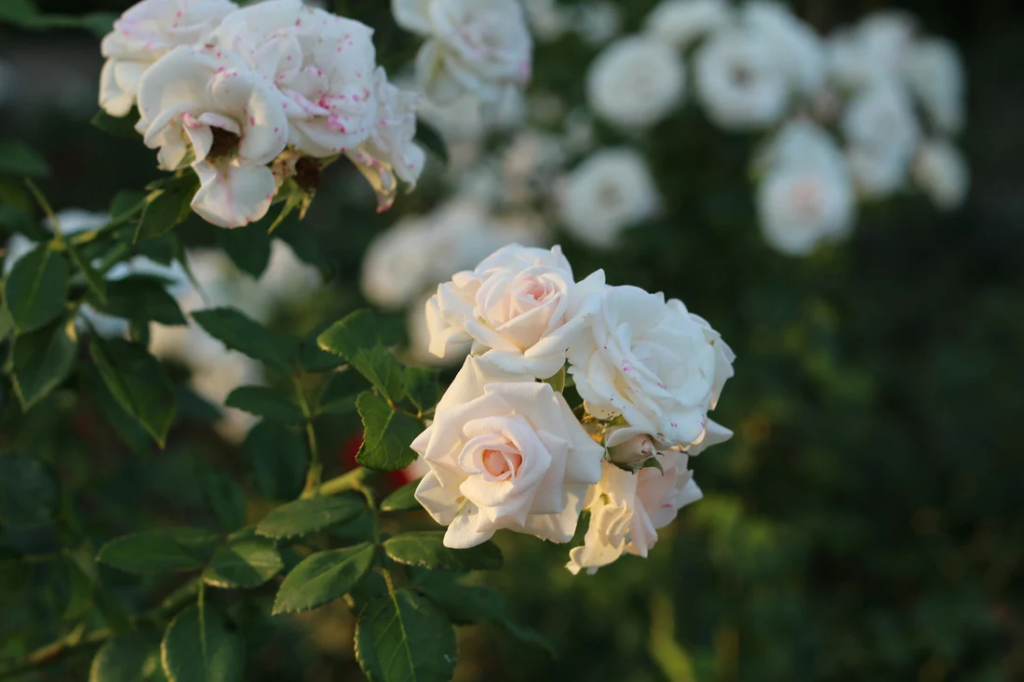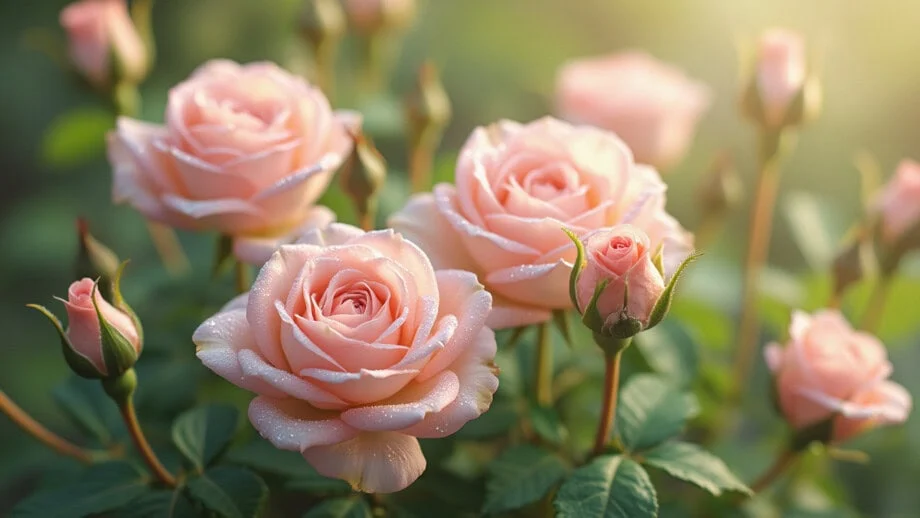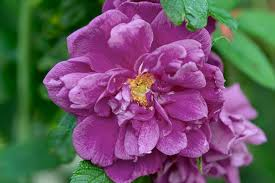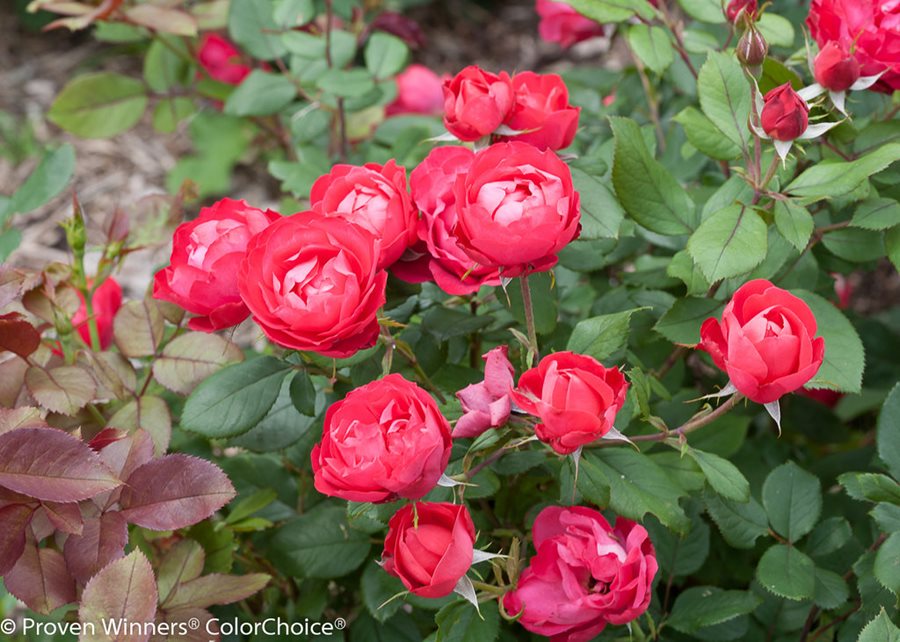Roses are a beautiful and versatile addition to any garden, offering not only visual appeal but also a variety of other benefits. Beyond their iconic beauty and fragrance, organically grown rose petals are edible, often used in drinks, baked goods, and syrups. Rosebuds and blossoms can be dried for potpourri, and even the green leaves make a flavorful addition to homemade teas.
Choosing the Right Site for Your Roses
To successfully grow roses, start by selecting an ideal planting location. Roses thrive in full sun, requiring at least 6 hours of direct sunlight each day. They also prefer fertile, well-drained soil, and good air circulation is crucial for preventing fungal diseases. Thorny rose varieties, especially near walkways or entryways, should be given adequate space to avoid unwanted scratches.

You can begin with bare-root roses, sold when dormant, or container-grown roses, which are planted later in the season. When planting, dig a hole around 18 inches (45 cm) wide and mix in a 6-inch (15 cm) layer of rich compost. After planting, water thoroughly and cover the root zone with 3 inches (7 cm) of mulch, such as pine needles or straw, to retain moisture and suppress weeds.
Selecting Healthy Rose Varieties
There are thousands of rose varieties, but not all are suited for organic cultivation. Many roses are susceptible to diseases like rose black spot and powdery mildew. Fortunately, newer cultivars have been bred for disease resistance and abundant blooms. Below are some top rose varieties known for their hardiness and health.

Cold-Hardy Rugosa Roses
Rugosa roses are ideal for colder climates, hardy down to -30°F (-34°C), and are often ignored by deer. These roses produce pollen-rich flowers that attract bees and yield vitamin C-rich rose hips, which can be dried for use in teas. The fragrant ‘Hansa’ cultivar, known for its abundant rose hips, is perfect for creating a wildlife-friendly hedge or a striking mound of color. For a more refined look, try the repeat-blooming ‘Blanc Double de Coubert’, which features a musky rose-licorice scent.
Adaptable Shrub Roses
Shrub roses were developed about 30 years ago to combine disease resistance with repeat blooming. These roses remain largely unaffected by common diseases like black spot, and they produce a continuous display of flowers framed by lush foliage. ‘Knock Out’ roses, popular in U.S. commercial landscapes, are known for their low maintenance and resilience in fluctuating climates. For a unique touch, try the citrus-scented ‘Sunny Knock Out’. English varieties like ‘Gertrude Jekyll’ are more suited to moderate climates, as they may struggle in high heat.

Vibrant Floribunda Roses
Floribundas, meaning “many flowers,” are known for their ability to produce large clusters of small, colorful blooms. Hardy to -20°F (-29°C), floribundas come in many colors and offer impressive flower power, fragrance, and disease resistance. Varieties like ‘Easy Does It’ (peachy apricot) and ‘Cinco de Mayo’ (rusty lavender) are easy to manage, growing into 4-foot-tall (1.2 m) bushes that keep blooming throughout the season.
Growing Healthy Hybrid Tea Roses
Hybrid tea roses, popular for cut flowers, are a bit more demanding but can be grown organically with careful attention. Varieties like ‘Mr. Lincoln’ (red, damask-scented), ‘Double Delight’ (bicolored), and ‘Fragrant Cloud’ (coral pink) are known for their fragrance and long-lasting blooms. For successful growth, hybrid teas require morning sun, frequent pruning to improve air circulation, and consistent moisture and nutrients. They are susceptible to fungal diseases, but using a mulch like pine needles or wheat straw can help protect them by preventing spores from splashing onto the leaves.
Conclusion
With proper care and the right variety selection, growing roses can be an enriching experience, adding beauty and utility to your landscape. Whether you’re cultivating hardy rugosas for vitamin-rich rose hips or tending to fragrant hybrid teas for cut flowers, the key to success lies in choosing varieties suited to your climate and providing them with the attention they need to thrive.
